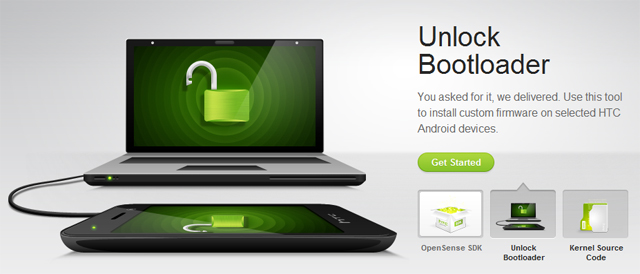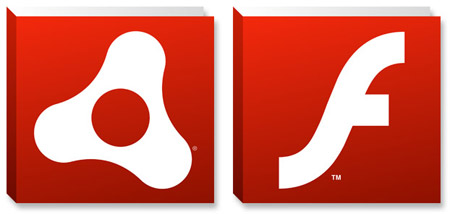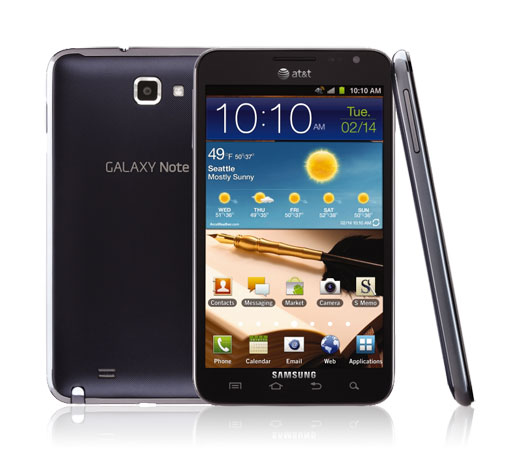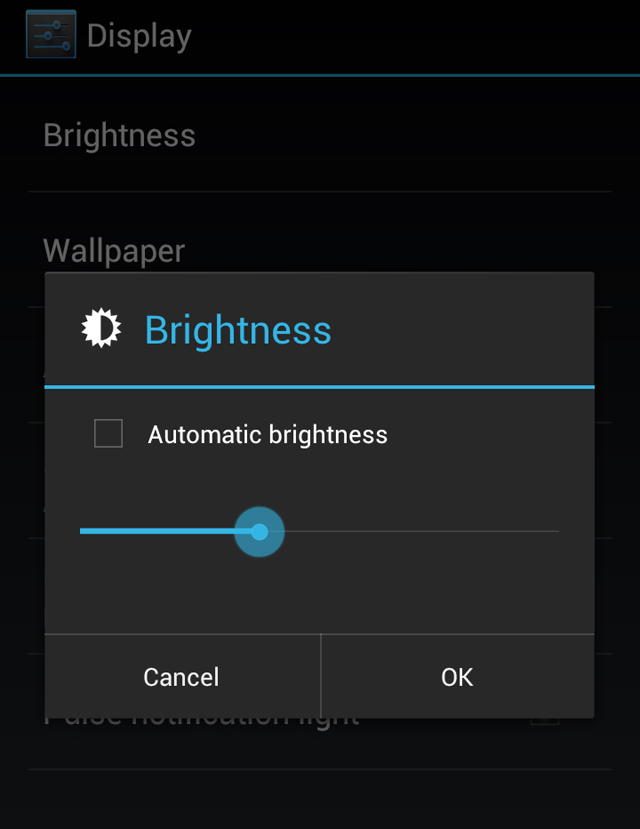
ASUS has definitely been in the good graces of many Android fans lately. They’ve been releasing industry leading tablets, fast updates, and even have price point pegged with their $250 quad-core tablet announcement. ASUS is so far ahead of the Android tablet game, that not even Google can keep up. That’s right, ASUS is set to deliver Android 4.0 to patient OG Transformer users, they’re simply waiting on Google.






